 |
 |
|
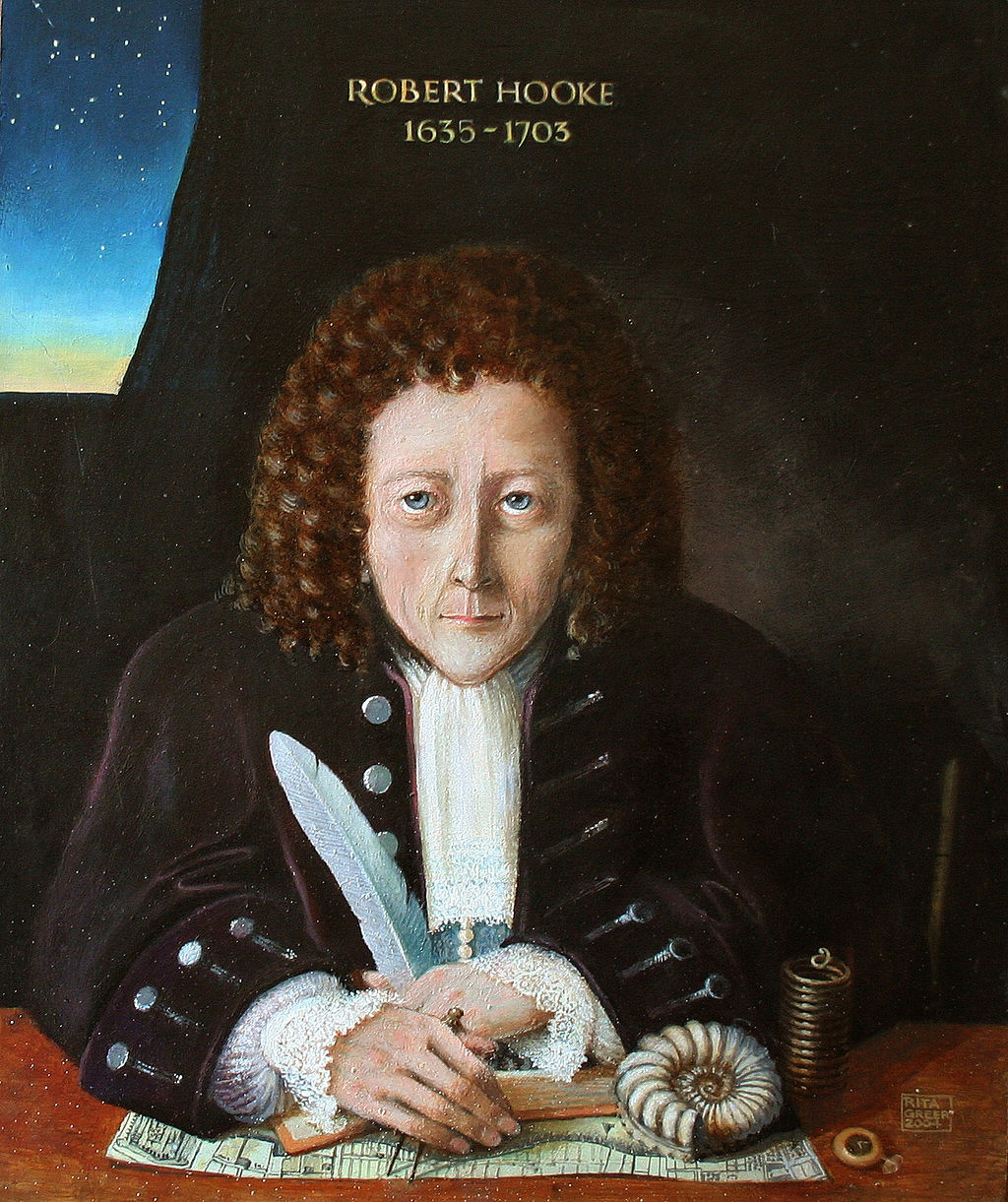 Telephone history
Telephone history
I started with the string phone, since I suspected some kids had never played
with one. I was right. Turns out, Robert Hooke, a contemporary of Isaac Newton,
had written about one way back in the 1600's.
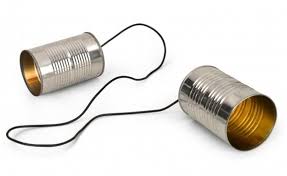
Robert Hooke: string telephone 1667
|
| Around the mid-1800's, electricity and magnetism were being
figured out, and the electricity-based telephone was bound to be invented.
There are several contenders for first place, and Johann Philip Reis in
Germany is a likely candidate. Here he is demonstrating his electrical
telephone in 1862. It was not of high quality or efficiency, but it
demonstrated the principle.
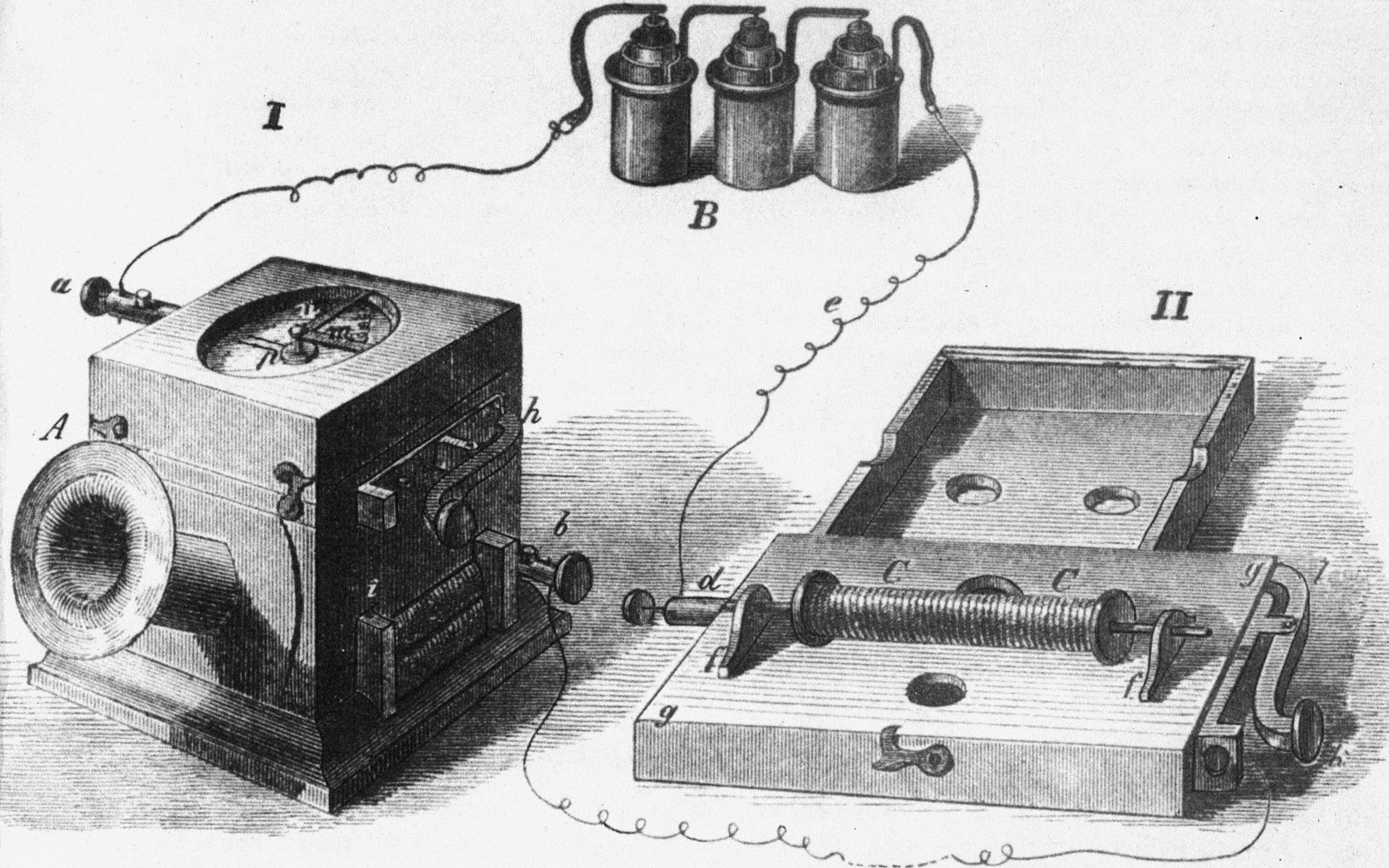
|

|
| 1876: Elisha Gray and Alexander Graham Bell both file patents
for a telephone hours apart. Bell wins. Bell went on to turn the device
into a commercial succes.
Right: Bell, below: Gray
10 March 1876: "Mr. Watson, come here! I want to see you." - the first
phone call (Using Gray's microphone, by the way).

|

|
|
My friend Walter has a collection of phones, and he let me borrow
this one. Notice it has no dial, and no bell. My guess is that is dates to
the 1890's. I rarely get to show such a special item to the kids.
|
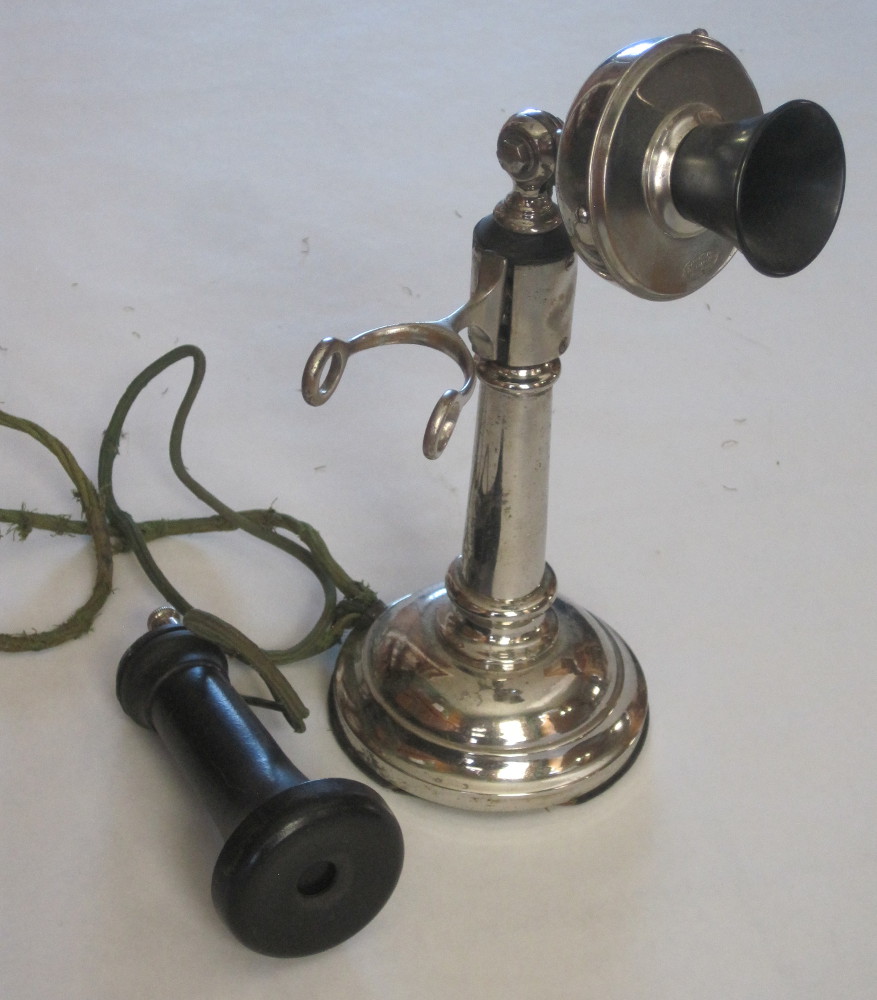
|
|
1878: No dial (or buttons), so someone needs to connect the wires
between parties.
The telephone exchange is invented, where operators connect you.
The image on the right shows the Paris exchange in 1892. Initially, each
line was identified by a name tag.
1879: This gets difficult pretty quickly, so phone numbers are introduced.
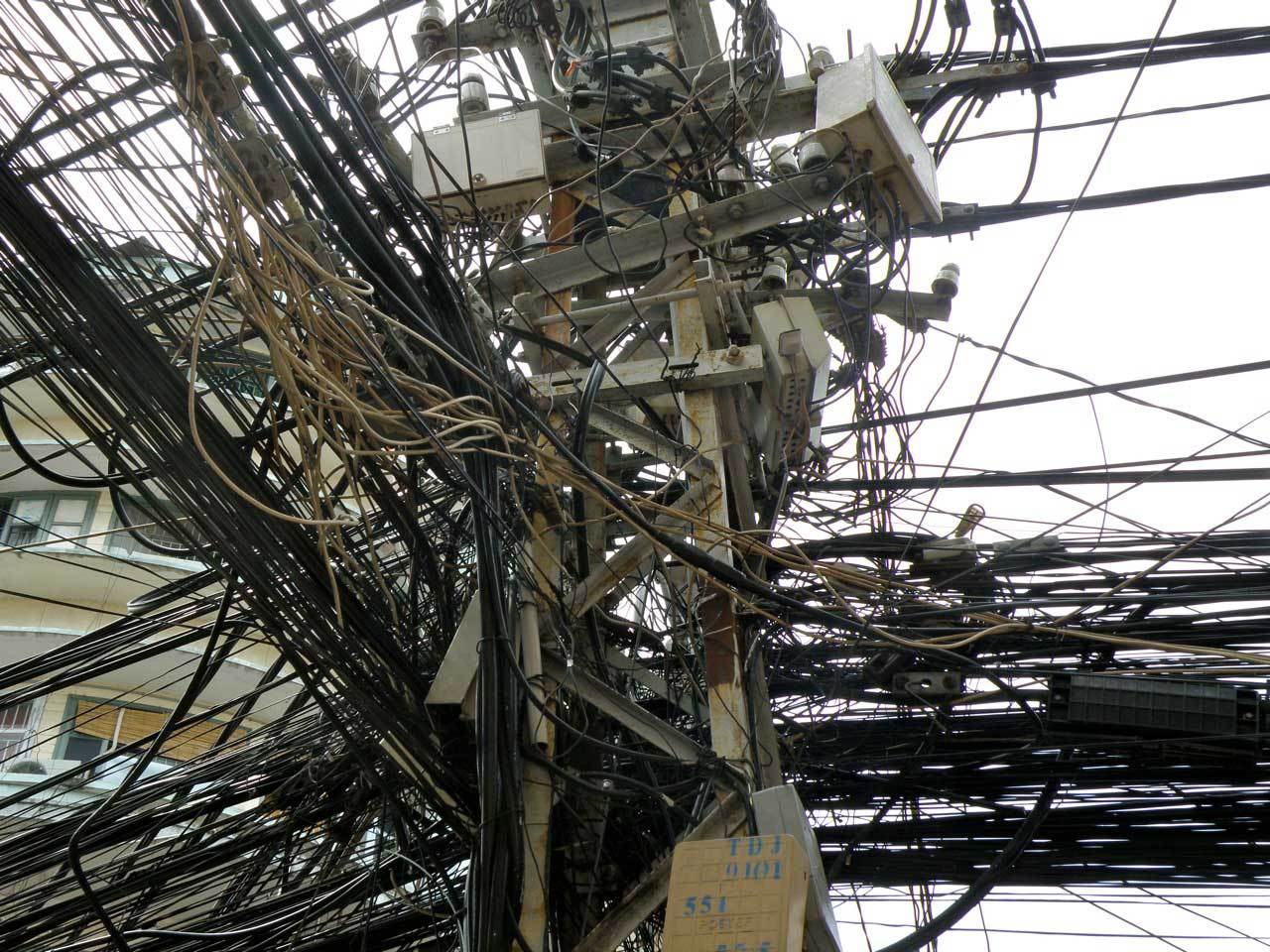

|
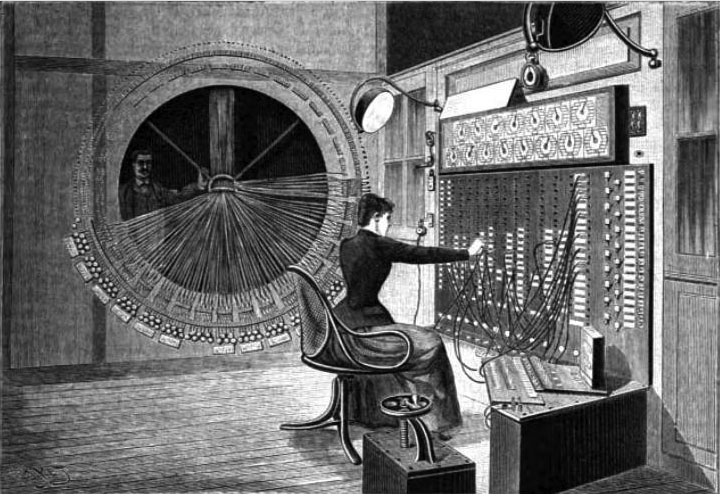
|
| 1904: The 'French phone' is invented. It has a handset combining
microphone and earpiece, and a 10-number dial. This arrangement survives
more or less till today.
I brought in this black model. It was the first phone my family got, around
1965. It still functions and is connected to what is now called
'our landline'. The kids had fun feeling the sheer weight of the handset, and
playing with the rotary dial.
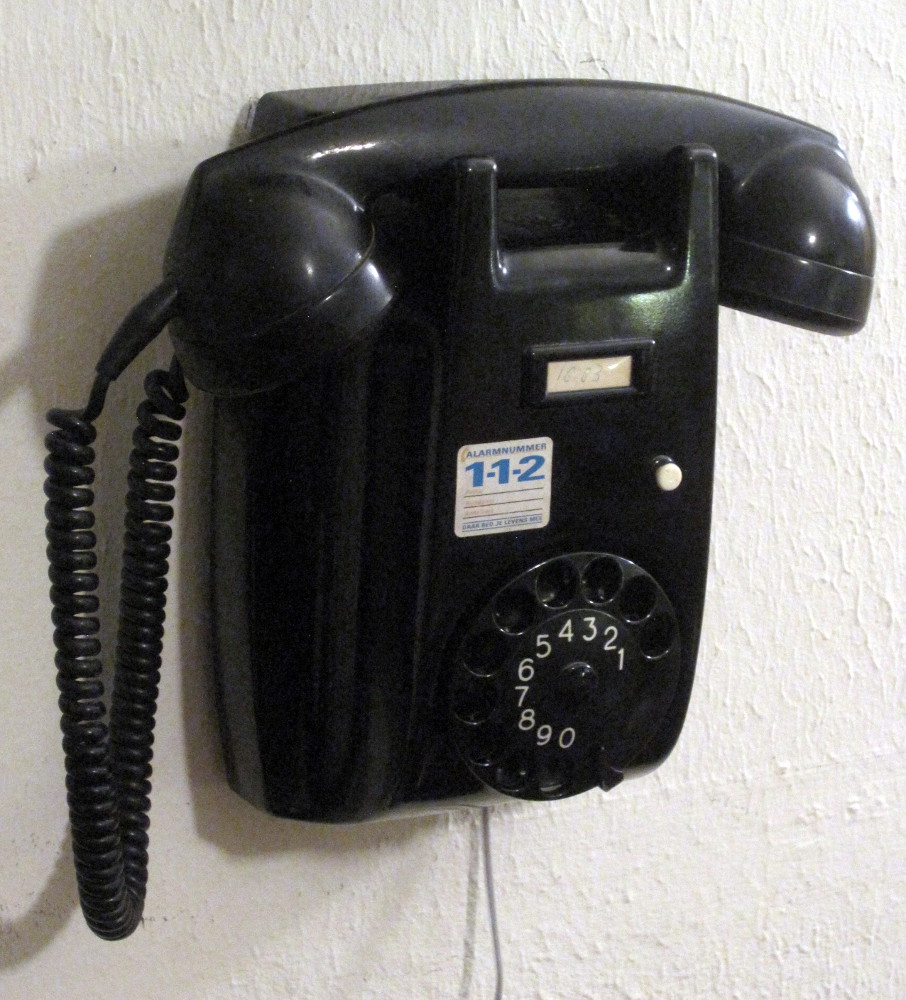
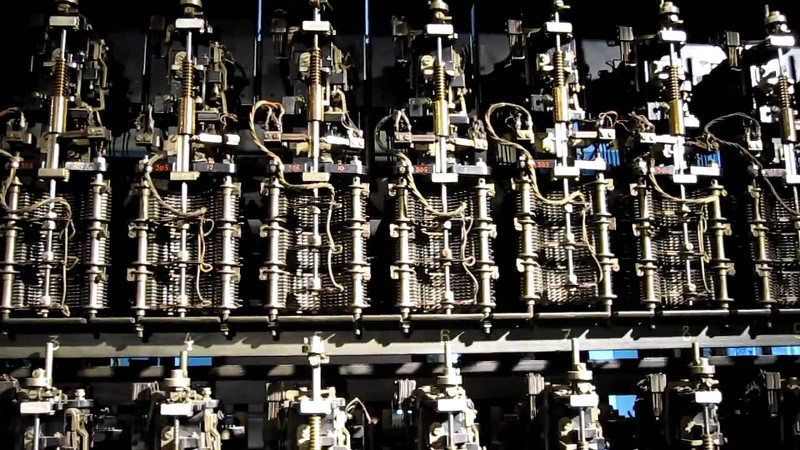
|
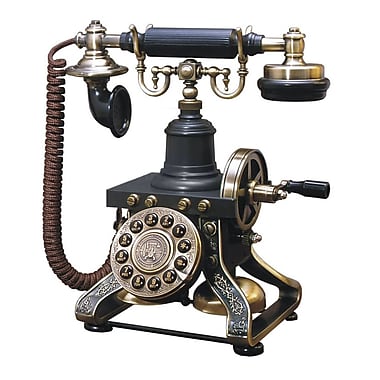
|
|
Operators get replaced by automatic switching exchanges. Initially these
are mechanical relays, buildings full of them, which in turn get replaced
by smaller and smaller electronics. Some other milestones:
1927: Transatlantic phone traffic by radio is introduced.
1955: A transatlantic cable comes into use
1962: Telstar-I, the first communication satellite is launched.
|
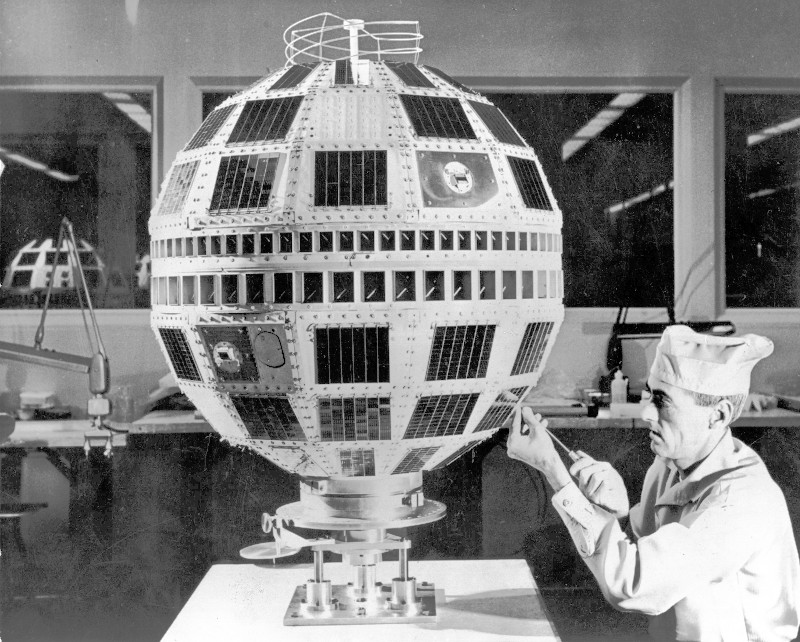
|
| 1973: Motorola introduces the first mobile phone. Marty Cooper is
shown holding the first model, which weighed 2 pounds, had a 30-minute
battery life, which then took 6 hours to recharge. Things have come
some way since then.
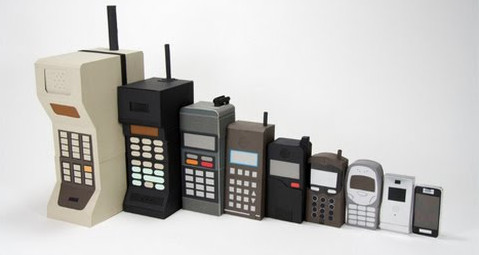
|
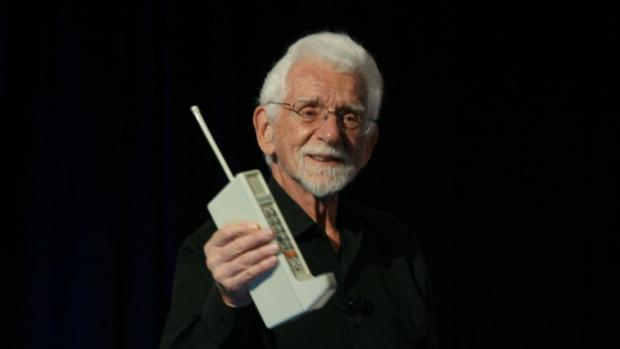
|
| I brought in a collection of optical fibers, and my laser pointer,
to show how things are done now. I exposed the actual glass fiber, which is
about the diameter of a hair, and you can see a tiny point of light.
|

|
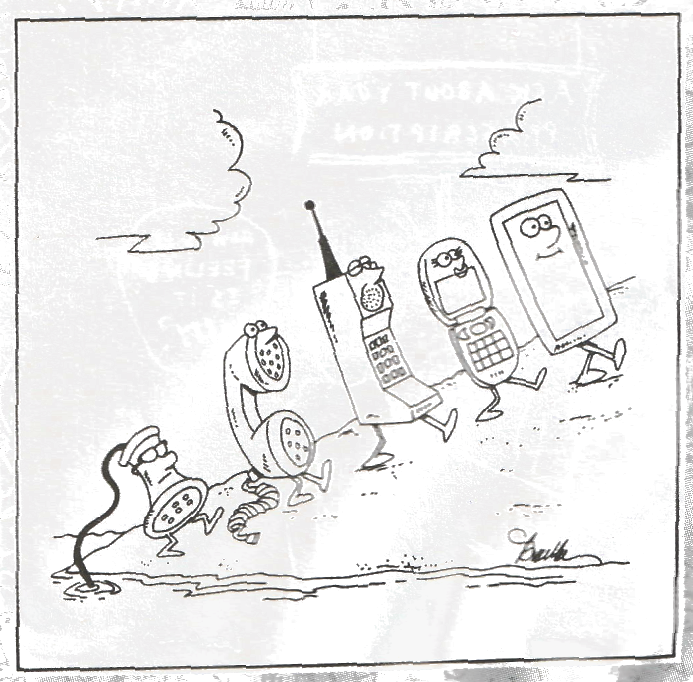
January 2018
|
Rocks, minerals, gems, crystals
|
How are rocks and minerals formed, and how are crystals and gems made?
All these are made from atoms, and the pretty ones are made from atoms
stacked like lego bricks or marbles.
But first, back to basics: where do these atoms come from? The chart on
the right shows this. Elements in the first two boxes ('Big Bang' and 'Slow
Cooking') are the most abundant, and most stuff on earth are made from
these. Elements in the next group, such as gold, silver, mercury and the like,
are much more rare, since they they are only made on special occasions.

|
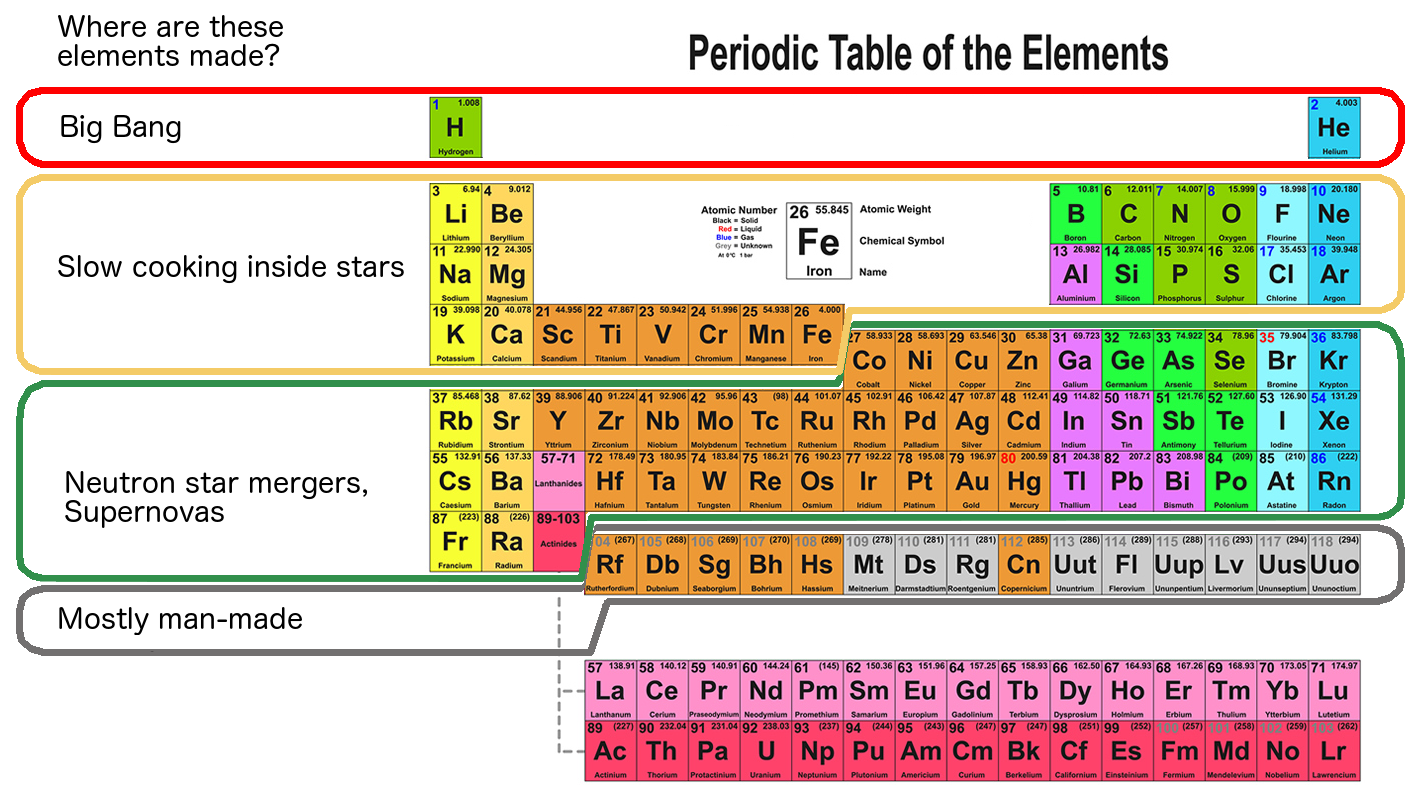
|
|
Crystals from the kitchen: I brought my USB microscope, so I could
project on the whiteboard. We looked at salt crystals, which are little
cubes. Also, letting a saturated salt solution dry on a small dish made
cubes and pyramids which you can see under the microscope. I also brought
a small jar with a salt solution, with some thread dangling in it. Over the
next weeks, salt crystals should be forming.
How to make salt crystals
| 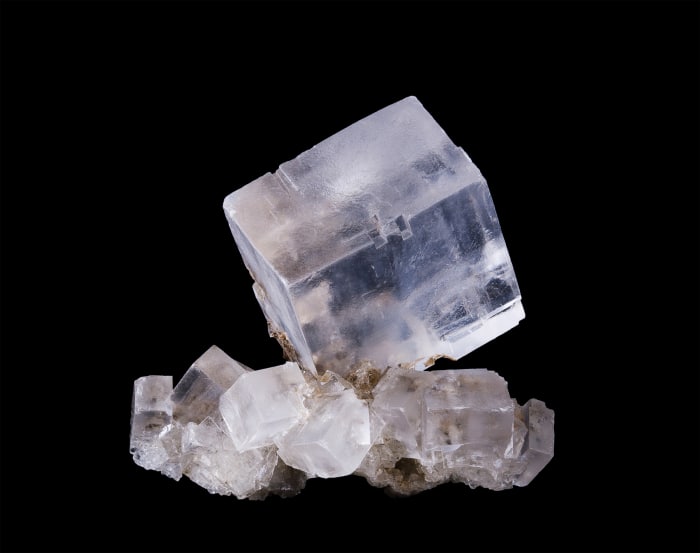
|
|
Actually, salt from the kitchen has been ground down, and very few
of the salt grains are nice cubes. However, most of the sugar from the sugar
bowl have the classical pillow shape as shown on the right, though of course
much smaller.
Make large-crystal rock candy
| 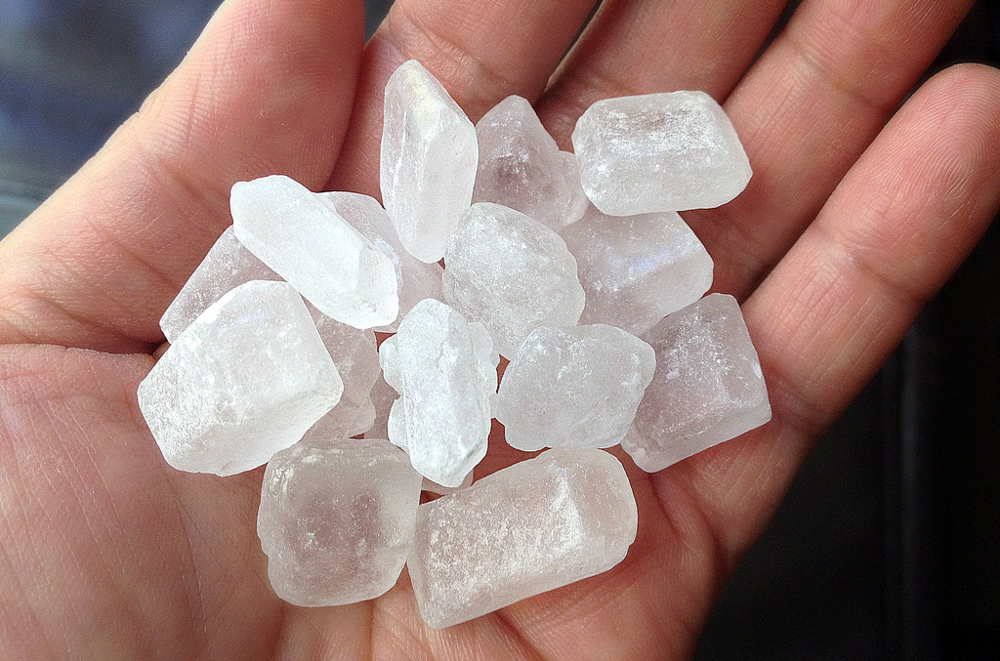
|
|
I showed some sand from my sandpile, and like the salt, the grains
looked like beat-up crystals. South of Santa Fe is
White Sands National Monument,
which is a huge dune field made of gypsum sand, which is ground-up
gypsum crystals.
Further south, gypsum crystals in the
Cueva de los Cristales, in Chihuahua, Mexico have grown to the size of a
school bus. You cannot visit these caves, but in the other direction, in
nextdoor Texas are the
Caverns of Sonora,
which have crystals on nearly all surfaces.
| 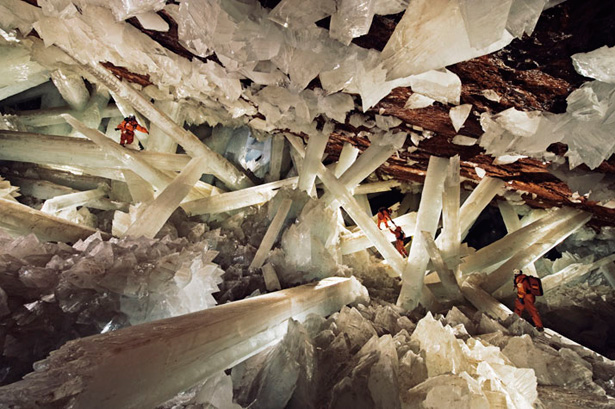
|
|
I brought in my small collection of crystals (quartz, pyrite,
calcite, ulexite, mica, fluorite), as well as
some rocks: igneous (basalt, obsidian), sedimentary
(shale, flagstone pieces), and metamorphic (granite..).
What about gemstones? These typically are crystals that are rare, and hard (so they
are not damaged by everyday wear). I did not bring in any diamonds.

|
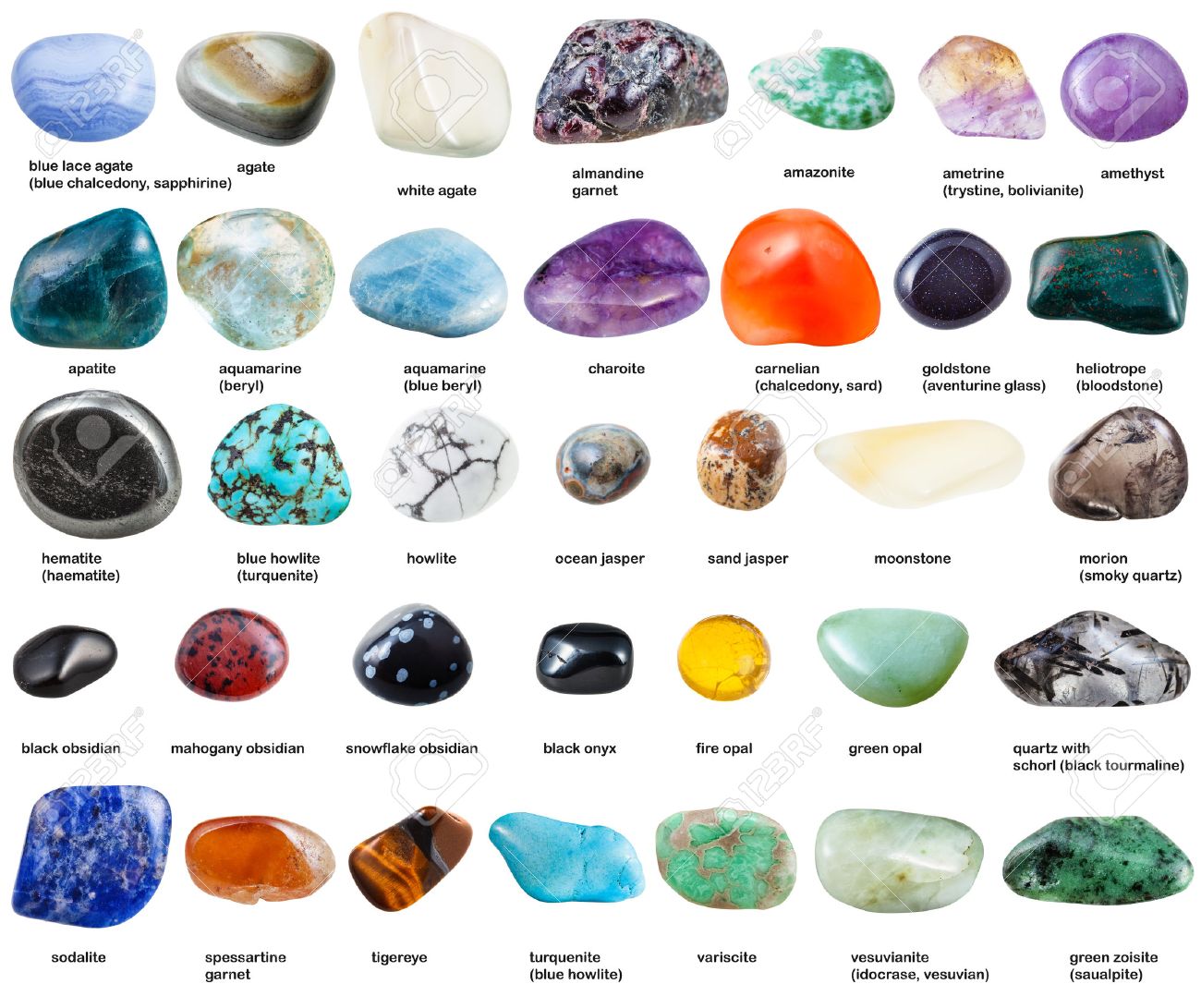
|
March 2018
|

How does flight work? Some intro about
Icarus and his dad,
Leonardo da Vinci 1488,
sir George Cayley 1852,
Le Bris 1868,
Otto Lilienthal
Wright glider 1902,
Wright first flight,
The point to make is that attitude control of a flyer or glider is
key, in particular, not stalling, and how to make turns without losing control.
To show this, I made a simple wind tunnel. It folds up flat for easy storage,
and I use the same fan I used for the tornado box. Mylar front window.
| 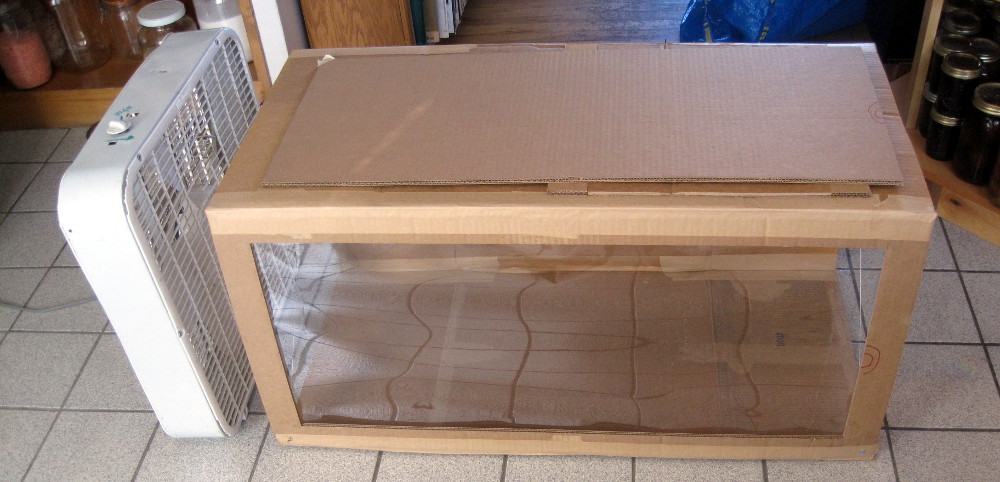
|
Here is a wing section out of foam core board and paper. It can rotate, and sits on my kitchen scale.
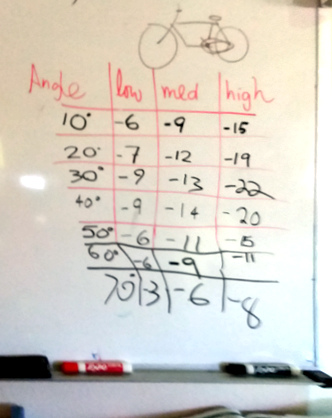
| Like modern Wright brothers, you (actually, student volunteers) can
play with the fan speed and
wing angle, and read the lift force (in grams) on the scale. You can see
that for angles greater than about 30°, things go bad.
|
|

|

March 2018
|
|









